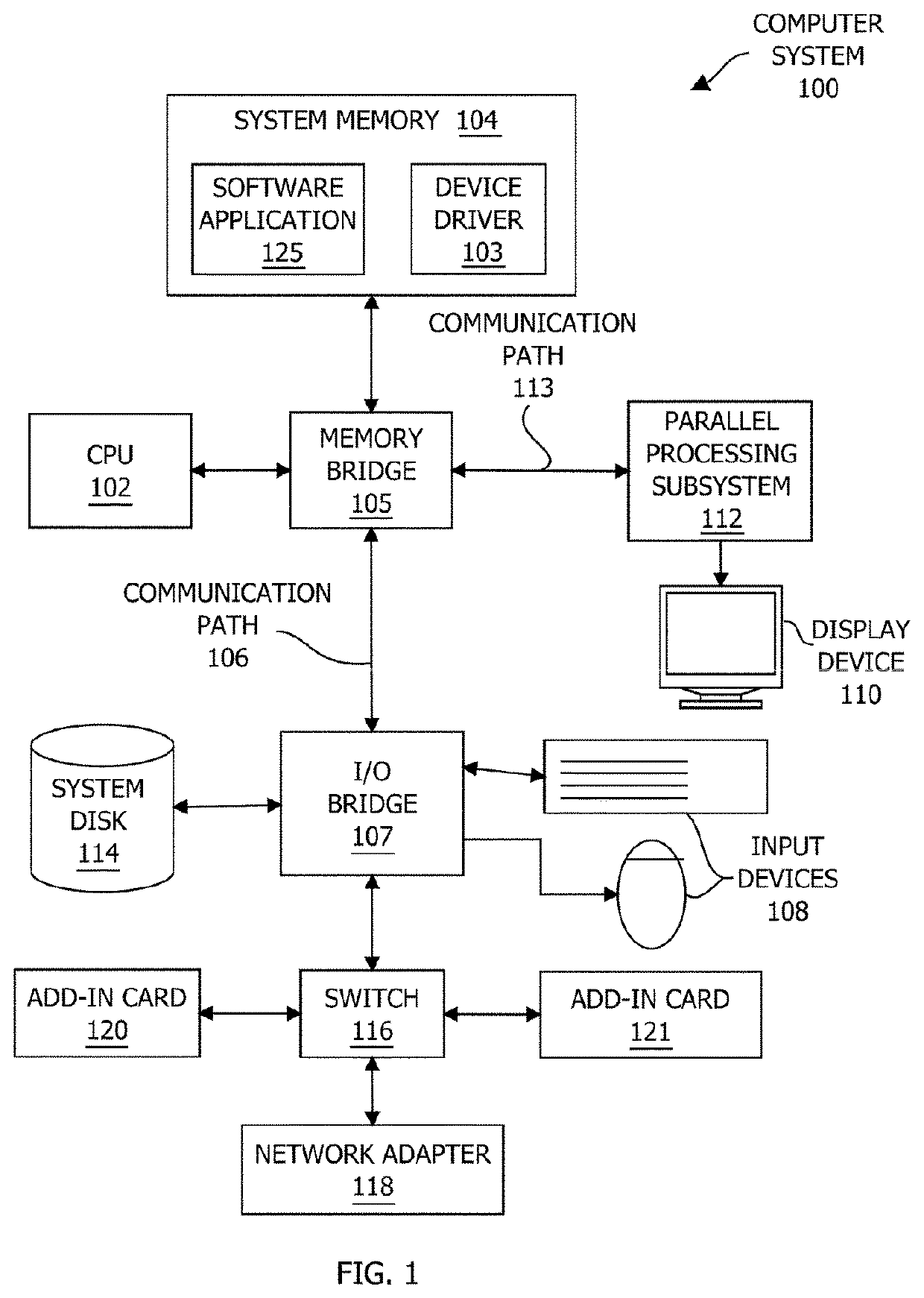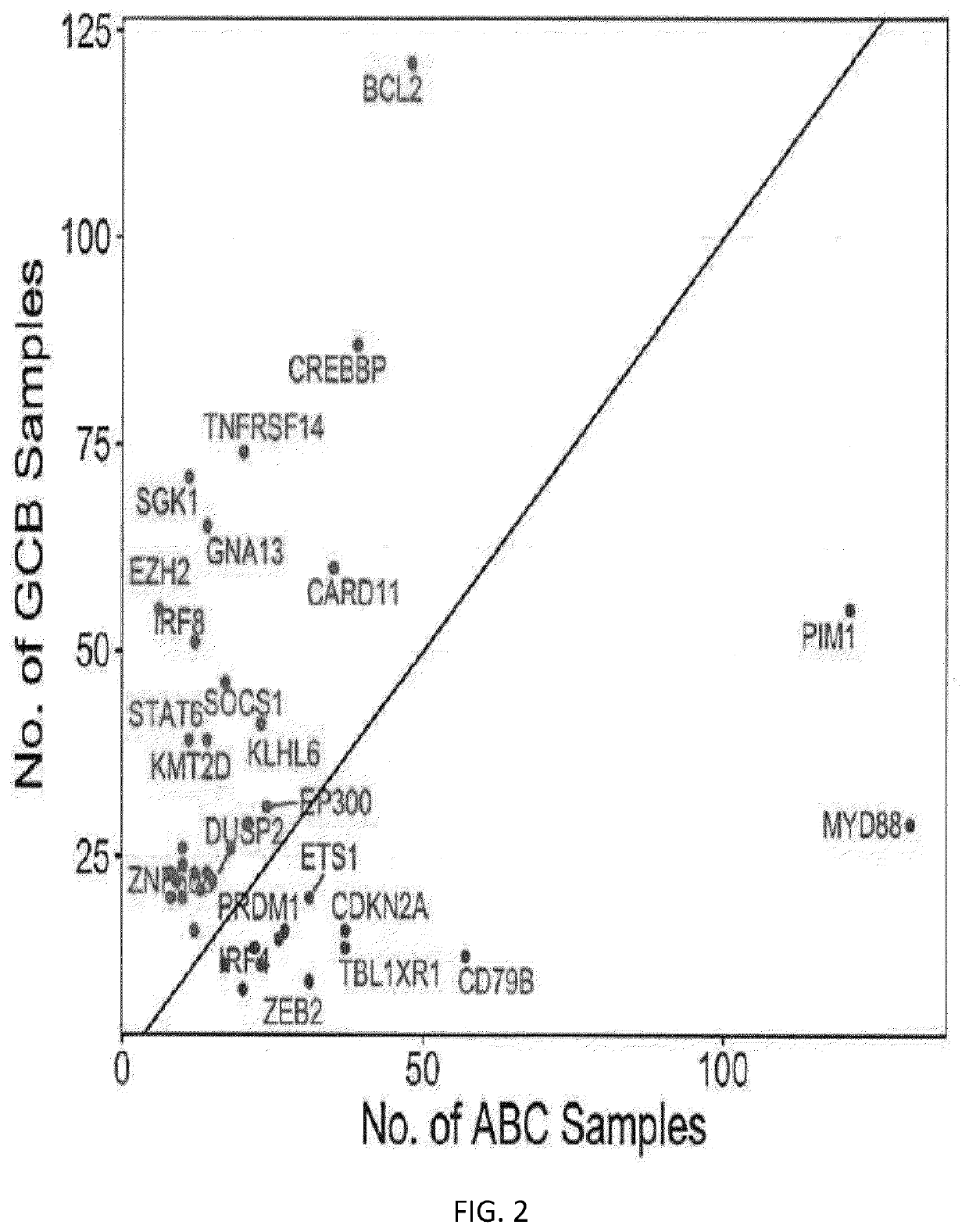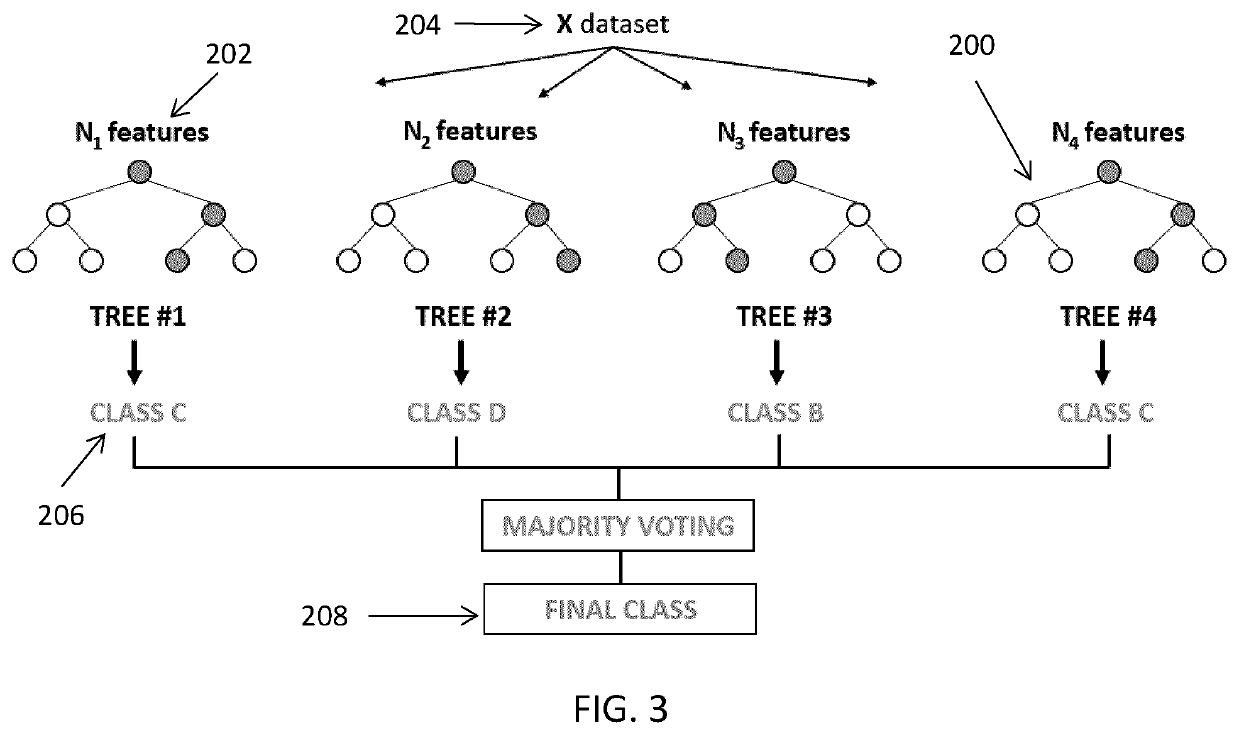Systems and methods for cell of origin determination from variant calling data
a cell origin and variant calling technology, applied in the field of biological sample classification, can solve the problems of difficult to obtain molecular or genomic data in clinical settings, limited current methods for assessing coo, and difficulty in isolation of useable rna from these samples
- Summary
- Abstract
- Description
- Claims
- Application Information
AI Technical Summary
Benefits of technology
Problems solved by technology
Method used
Image
Examples
Embodiment Construction
[0037]The invention described here is a system and method based on a machine learning algorithm for COO determination, which is based on the variants present in a plasma sample, a blood sample, or a tissue sample, for example. Because the invention is based on variant calling, it is able call COO in plasma samples, blood samples, or in tissue samples, including FFPET samples, meaning it can be used much more broadly than previous methods.
[0038]Previously, a method for COO calling based on variant determination was described by Scherer, F. et al. Science Translational Medicine, 8(364)(2016) (“Scherer”). Briefly, the method described in Scherer is a Naive Bayes Classifier, assigning relative probabilities for GCB or ABC for each of 31 genes. Then, for a given sample, the probabilities from the variant-containing genes in the sample are combined to give an overall probability of ABC or GCB for a given sample. While this proved to be a useful technique for COO determination, the techniq...
PUM
| Property | Measurement | Unit |
|---|---|---|
| affinity | aaaaa | aaaaa |
| molecular heterogeneity | aaaaa | aaaaa |
| compute processing | aaaaa | aaaaa |
Abstract
Description
Claims
Application Information
 Login to View More
Login to View More - R&D
- Intellectual Property
- Life Sciences
- Materials
- Tech Scout
- Unparalleled Data Quality
- Higher Quality Content
- 60% Fewer Hallucinations
Browse by: Latest US Patents, China's latest patents, Technical Efficacy Thesaurus, Application Domain, Technology Topic, Popular Technical Reports.
© 2025 PatSnap. All rights reserved.Legal|Privacy policy|Modern Slavery Act Transparency Statement|Sitemap|About US| Contact US: help@patsnap.com



